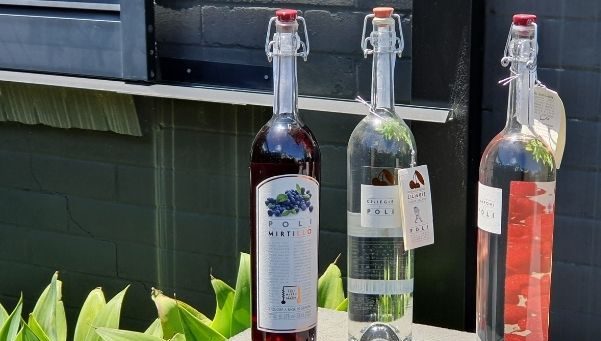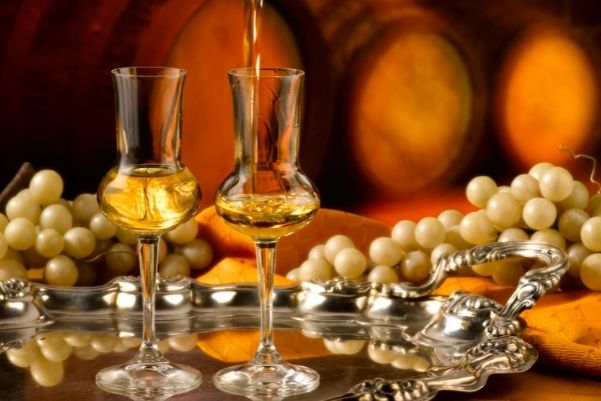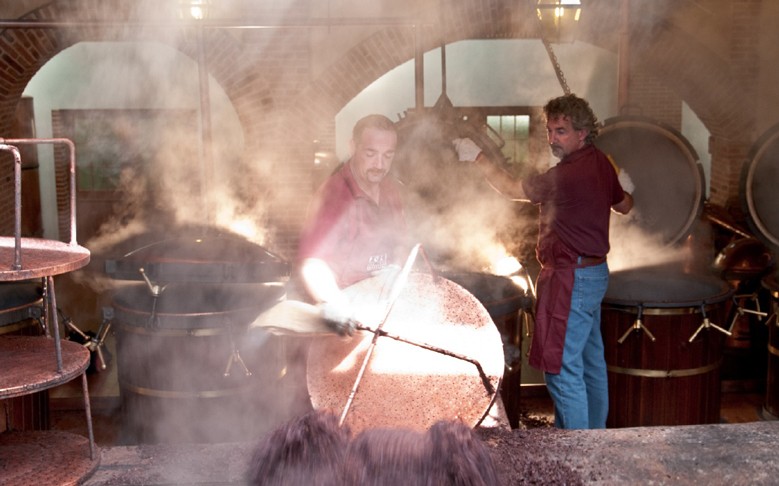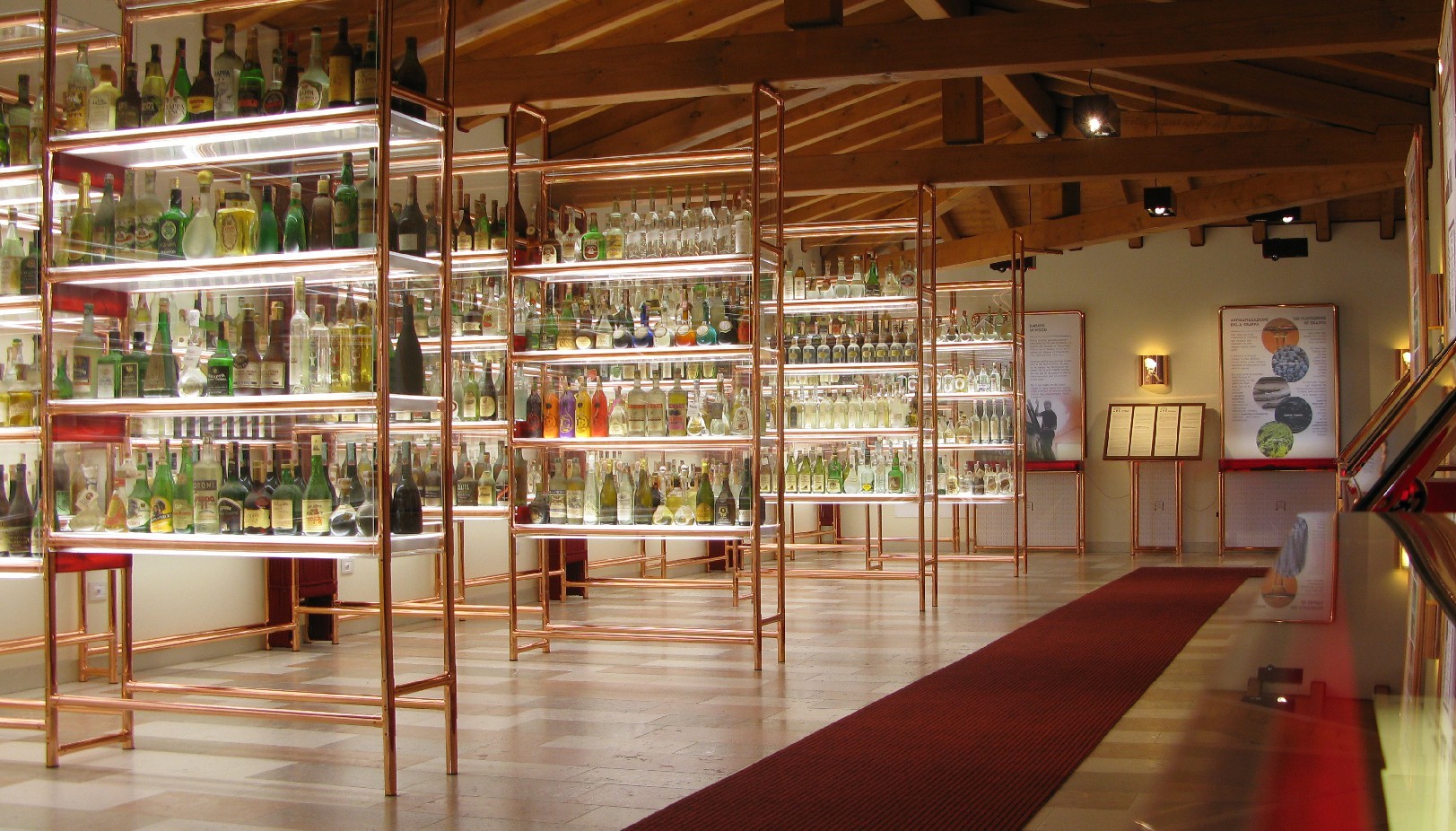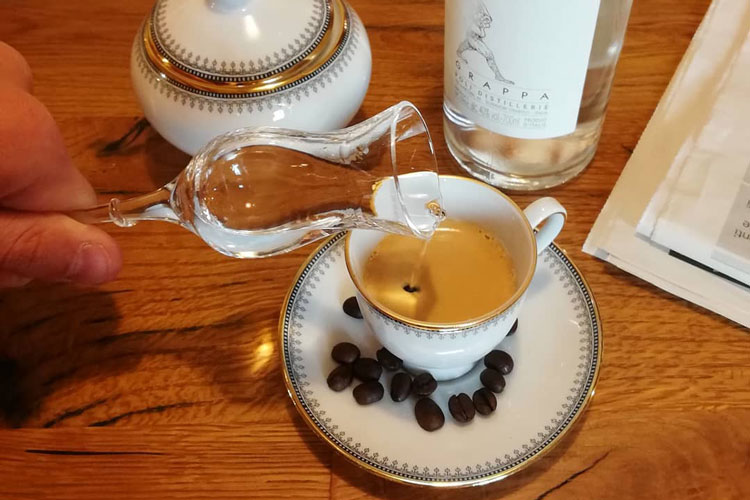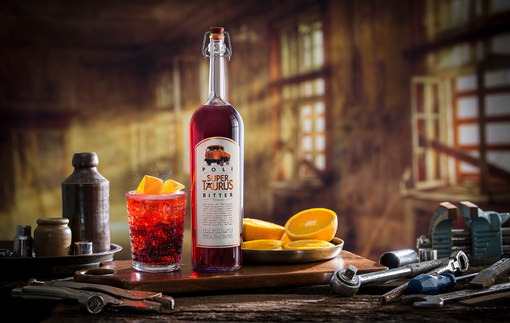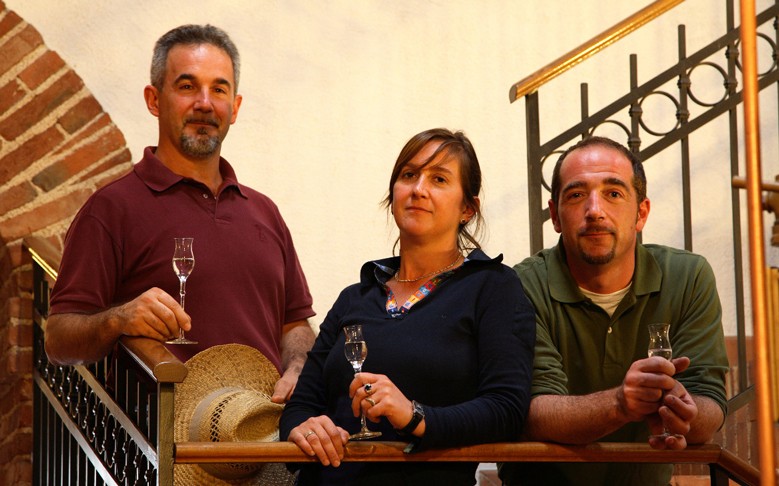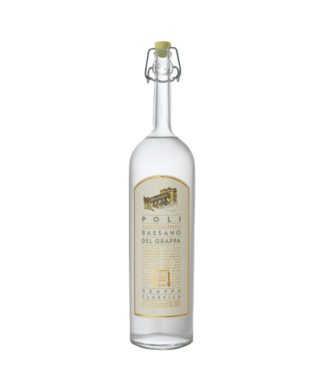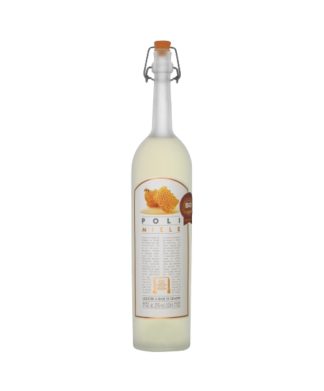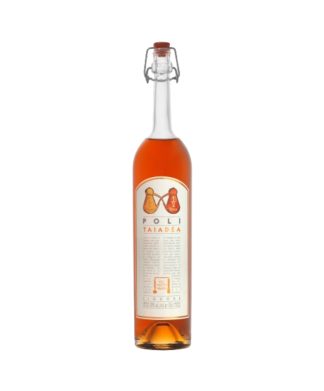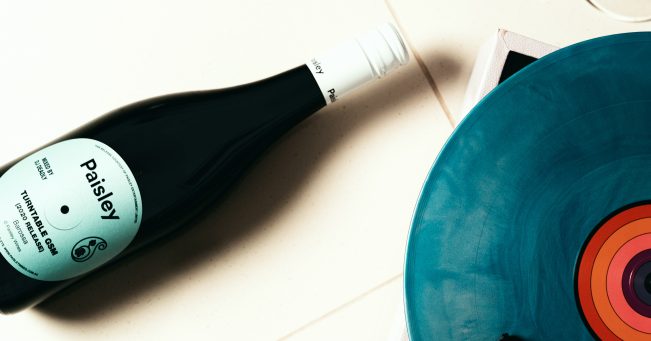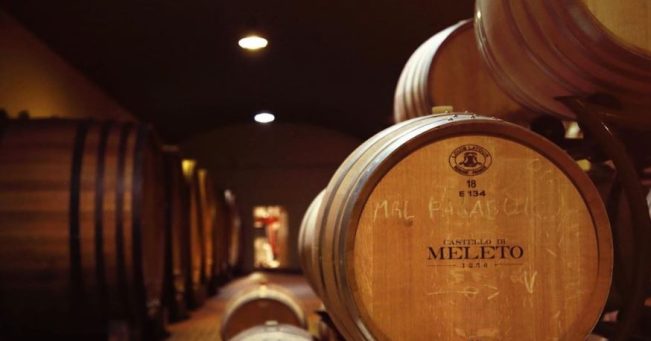If you’ve ever had Grappa after a long meal at an Italian restaurant, you’ve probably been overwhelmed by the burning sensation or surprise by its distinct flavor. This spirit has long been misunderstood , but it is slowly making its way into the spotlight. For that reasons, we’ve prepared a guide with all that you need to know about this Italian made spirit!
What is Grappa?
Grappa is an Italian grape-based pomace brandy of Italian origin that contains 35 to 60 percent alcohol by volume. It’s an alcoholic beverage made from the leftover grapes during winemaking. Grappa has been legally defined by the European Union since 2008, and to use the word, the alcoholic spirit must now meet precise criteria.
Authentic Grappa can only be made in Italy, Italian-speaking Switzerland, and the Republic of San Marino. Grappa was originally created to reduce waste by reusing leftovers from the winemaking process. Although history has it was first invented by a Roman soldier who stole equipment for distilling from Egypt, the process was not practicable until the 14th century.
How is it Made?
Grappa is prepared from the skins, seeds, remaining pulp, and even the stems after pressing grapes for wine, unlike brandy, which is made by directly fermenting pure grape juice. However, unlike Ratafia and acquavite d’uva, the residual juice, known as moût or must, is not used.
Also, the pomace, or “vinaccia,” is also moist and fresh, allowing it to be fermented before distillation. For best results, grappa makers prefer grapes that have been lightly pressed.
Several of the different Grappa locations listed below will have their own set of conditions to meet in order to utilise the right name. Grappa del Piemonte, for example, can employ up to 25 kg liquid wine lees per 100 kg of grape marc.
Because red grapes have a high alcohol content, they usually require little fermentation before distillation. Meanwhile, white grapes may be fermented for longer to ensure that they are strong enough. During this time, the pomace is stored in covered silos that reduce oxidization while preserving the moisture.
Distillation cycle is discontinuous – the Grape-Marc is placed into the cauldrons and distilled using steam. After about three hours the cauldrons are unloaded, and the cycle starts again.
The mixture separates, leaving behind a very potent beverage, containing an impressive alcohol volume of around 30-70%! The maximum Grappa alcohol percentage permitted by Italian law is 86%.
Grappa Percentage Alcohol
Grappa’s alcohol content by volume, can range from 35 to 60%. Most grappa has an alcohol by volume (ABV) of between 40% and 45 percent.
Types of Grappas
Grappa is usually bottled soon after it is distilled. As a result, it’s either a clear liquid or may have a faint tinge due to the grape pomace variety used to make it.
Grappa can, however, be matured in oak barrels, resulting in a much darker colour that resembles whisky or cognac.
- Bianca / Giovane: a young, unaged grappa.
- Affinata in Legno: Grappa that has been “fined” in wood for a very brief time.
- Vecchia / Invecchiata: Grappa that has been matured for at least 12 months.
- Riserva / Stravecchia: Grappa that has been matured for at least 18 months.
However, there is no legal term for older grappa variations, and there is no limit to how long it can be matured in wooden barrels. Although oak is the most common wood used, cherry, ash, and even acacia can be be used to make barrels.
How to Drink Grappa?
Grappa is commonly used as a digestif after a meal. It is traditionally served neat in a shot glass. Connoisseurs, on the other hand, prefer tall, stemmed nosing glasses, such as those used for eau-de-vie or schnaps.
Younger bianca grappa should be served at roughly 10°C (50°F), whereas aged grappa should be served at between 16 and 18°C (60.8 – 64.4°F) to open its flavours.
Interestingly, dipping your finger in the glass and rubbing it against the back of your hand is a good technique to properly analyse a grappa before trying it. In the vapours that evaporate, a properly-crafted grappa will disclose rich scents as well as any impurities.
Serving grappa alongside coffee is also an Italian tradition.
There are many ways to serve grappa with your coffe:
- It can be served as an ammazzacaffè, in which the coffee is consumed first, followed by the grappa. Ammazzacaffè translates to “coffee killer,” and the reason behind it is that it the practice is said to dull both the coffee’s taste and its effects.
- Grappa can also be enjoyed as a caffè corretto or a “coffee corrector”. Although the espresso and grappa are served separately, the drinker pours a portion of the grappa into the coffee cup to their taste. In this case, sugar is rarely added to the coffee as the grappa acts as a substitute.
- Finally, a splash of grappa might be poured to a finished coffee cup as a rinser or “resentin.” In a single gulp, the contents are swirled and then swallowed. The resentin is frequently used in conjunction with an ammazzacaffè.
Grappa Regions
Gappa can be classified by the region in which it was produced:
- del Trentino: Grappa from the northern Italian autonomous province of Trentino.
- di Barolo: Grappa made with wine from Piedmont’s northern area.
- del Friuli: It’s a region in northern Italy that borders Austria and Slovenia.
- di Marsala: Sicilian grappa made from cricket and catarratto varieties.
- del Piemonte: Grappa produced exclusively in the Piedmont region.
- di Prosecco: Grappa made from the same Glera grapes that are used to make Prosecco.
- di Sicilia: Grappa from the Italian island of Sicily.
- dell’Alto Adige: A region on the Swiss-Austrian border known as the Alto Adige.
Gluten, Carbs, and Calories in Grappa
Because grappa is manufactured entirely of pomace, it is gluten-free and suitable for persons with celiac disease or other protein allergies. It’s crucial to double-check that it’s not a grappa aromatizza with additional flavours.
Grappa is normally unsweetened and has very little natural sugar. As a result, one shot includes only 85 calories and less than 2 grams of carbs.
Poli Grappa
Poli Siblings at Poli Grappa
At Poli Grappa, they say the secret to distilling a great Grappa is simple: you just need fresh grape-marc and a hundred years experience!
The memory of the ancestors from as far back as the 1400s, live on through the Grappa. The family owned company is now headed by the fourth generation of Poli.
‘Only roots that go deep into the land can give such an ethereal fruit as Grappa’.
Our Grappa Range
With travel just around the corner, we want to help ease you back into new cultural experiences.
Before flying all the way to Italy, why not just start with a simple digestivo (after-dinner drink)? See our range of grappas in our shop, or below.
